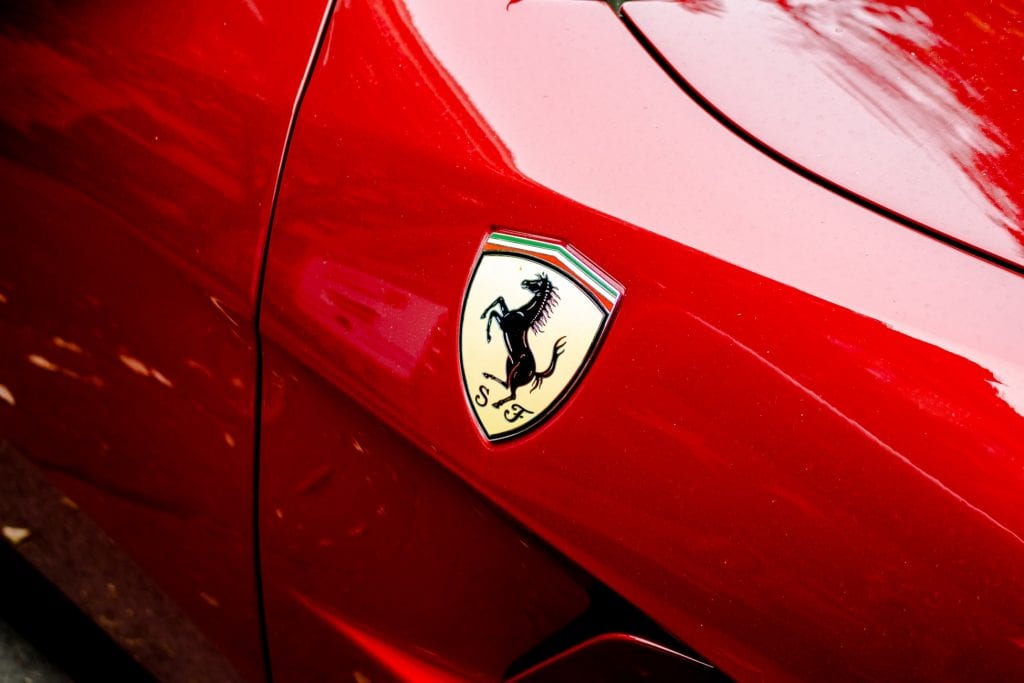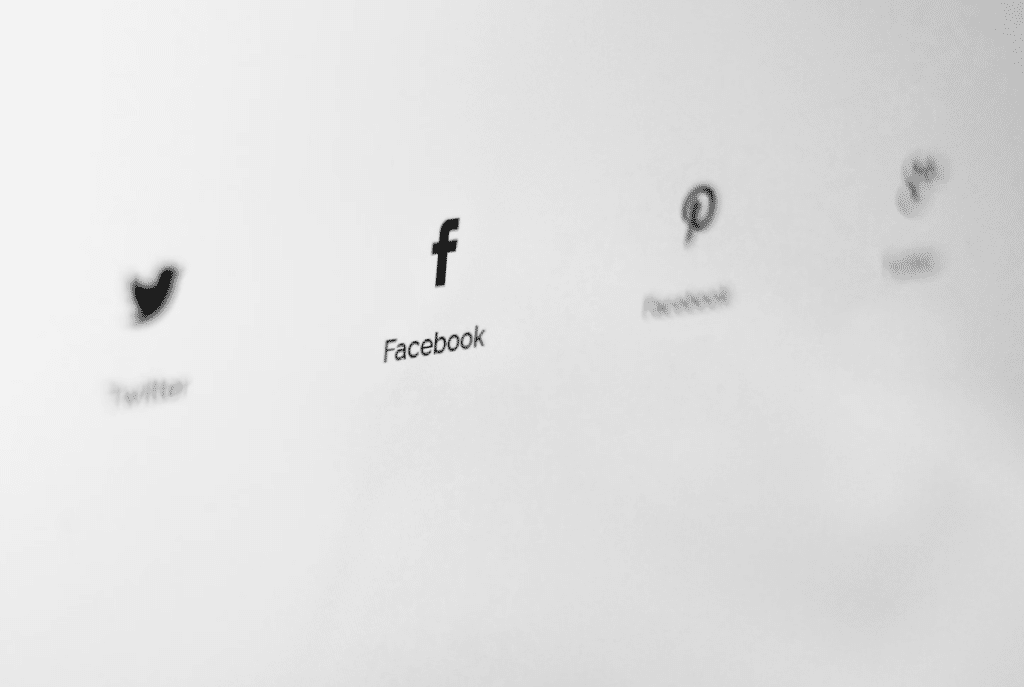Last year, Ferrari generated nearly $1 billion of its total $3.78 billion in annual revenue for 2018 from products other than cars. According to Licensing Global’s ranking of the sales of global top-earners in retail licensing, the privately-held automaker landed in the number 25 position on this year’s version of the annual list, where it has maintained a relatively high spot for several years thanks to its portfolio of nearly 70 partnerships with third-party companies that pay for the legal right to put Ferrari’s trademarks on their products, but that is about to change.
In a call with analysts on Monday, Ferrari CEO Louis Camilleri said that the company, whose prices start at a cool $200,000, is planning to significantly revamp its licensing strategy, one that has enabled it to transform the luxury appeal of its name into lucrative deals with third-parties, such as Tod’s and Oakley, which readily stamp the Ferrari name and prancing horse logo on leather loafers and sunglasses. Ferrari’s partnerships go way beyond consumer goods, though; they extend to franchised stores, a Ferrari-themed hotel, and even theme parks, including Ferrari World in Abu Dhabi and Ferrari Land Portaventura just outside of Barcelona, with more to come in other major markets.
Change, however, is afoot. After revealing in January that the Italian automaker would overhaul its licensing operations this year since “some of the products [that Ferrari currently offers] do not fit our brand image and our luxury positioning,” Camilleri said on Monday that Ferrari’s “current offerings are too stretched and are in danger of diluting our very precious brand equity.”
The solution? The company, which was founded 80 years ago in Modena, Italy by Enzo Ferrari, will “reduce its current licensing agreements by some 50 percent,” eliminate “some 30 percent of the product categories in which we participate,” and position itself more upmarket by way of new partnerships, such as one with Giorgio Armani SpA, which is expected “to help push the supercar maker’s handbag and clothing lines into the premium-price space,” per Bloomberg.
Aside from the obvious fashion angle of the tie-up with Armani, which will see Ferrari roll out its own luxury-level apparel and accessories collections, Ferrari’s new direction has some strong parallels to a licensing-specific shift that has taken place in the fashion industry over the past few decades.
While licensing was something of uncharted territory before the 1950’s, Christian Dior made its name and a lot of money around that time by way of a web of licensing deals that saw third-parties put the Dior name on everything from hosiery and handbags to jewelry and lingerie, prompting other high-end brands to follow suit … until such large-scale licensing fell out of fashion.
In much the same way as it blazed the trail with such deals, Dior – under the watch of then CEO Sidney Toledano – led the charge in working overtime during the 1990’s to reduce its outstanding licenses from 300 to just a few. Meanwhile, Yves Saint Laurent, “which used to have more than 160 licenses around the world, spent much of the past decade buying them back,” Reuters reported in 2012. As of that year, Kering-owned YSL had just two licensing deals: one with Safilo for eyewear, and another with L’Oreal for perfumes and cosmetics. Both Dior and Yves Saint Laurent’s efforts stand to signify the status quo in the upper echelon of the fashion industry, which has opted to not to shun these wildly lucrative deals in their entirety, but instead, have actively reined in their networks of licensing deals in order to better control the images of their brands.
After all, one of the biggest risks of these deals – which see brands grant third-party manufacturers, such as eyewear behemoth Luxxotica or beauty titan Coty, the right to use their names and logos in certain goods categories for specific periods of time in exchange for hundred-million-dollar lump sums and oft-hefty royalties – is the lack of control that comes with allowing other companies to manufacture, market, and sell products bearing their name.
The quest for greater control has seen many luxury brands rely on licensing deals for a highly limited number of things, namely, eyewear and beauty products, while others, such as LVMH and Kering have opted to bring such operations even closer to home. In LVMH’s case, for instance, it has entered into a joint venture with Italian eyewear giant Marcolin, which produces glasses for brands like Celine and Louis Vuitton eyewear, giving it an ownership stake in the endeavor. Meanwhile, Kering announced in 2014 that it would put an end to its license agreement with eyewear maker Safilo and build an eyewear division “to tighten control over the business and gradually take back all of it licenses.” That is not to say, however, that Kering does not still rely on licensees. Gucci beauty products, for instance, are made by Coty, along with Bottega Veneta and Balenciaga’s fragrances.
In terms of Ferrari, its new direction appears to fall neatly in line with luxury’s across-the-board attempts to clean up shop and ensure quality in order to maintain their the allure of brands in the minds of consumers, and thus, their luxury-level price points. Consumers, after all, will not shell out $2,000 for a purse or $100 for a fragrance from a brand they do not perceive as being in fashion’s upper ranks.
The same is true for Ferrari, which is one of the world’s most recognizable luxury brands, and thus, has a valuable reputation to protect in order to continue to sell cars and command top-dollar for its own non-car products.
Finally, it is worth noting that the new fashion-focused venture also seems to give a bit more context to why Ferrari was so adamant that designer Philipp Plein not position his wares next to its cars in photos on his heavily-followed Instagram account. According to a cease and desist letter that Plein received on July, Ferrari took issue with his use of images of its cars alongside products from his 15-year old eponymous label, asserting that Plein’s pattern of using images featuring Ferrari’s prized trademarks aligns Ferrari “with a lifestyle [that is] totally inconsistent with [its] brand perception,” namely due to the connection with “performers making sexual innuendos and using Ferrari’s cars as props in a manner which is per se distasteful.”











